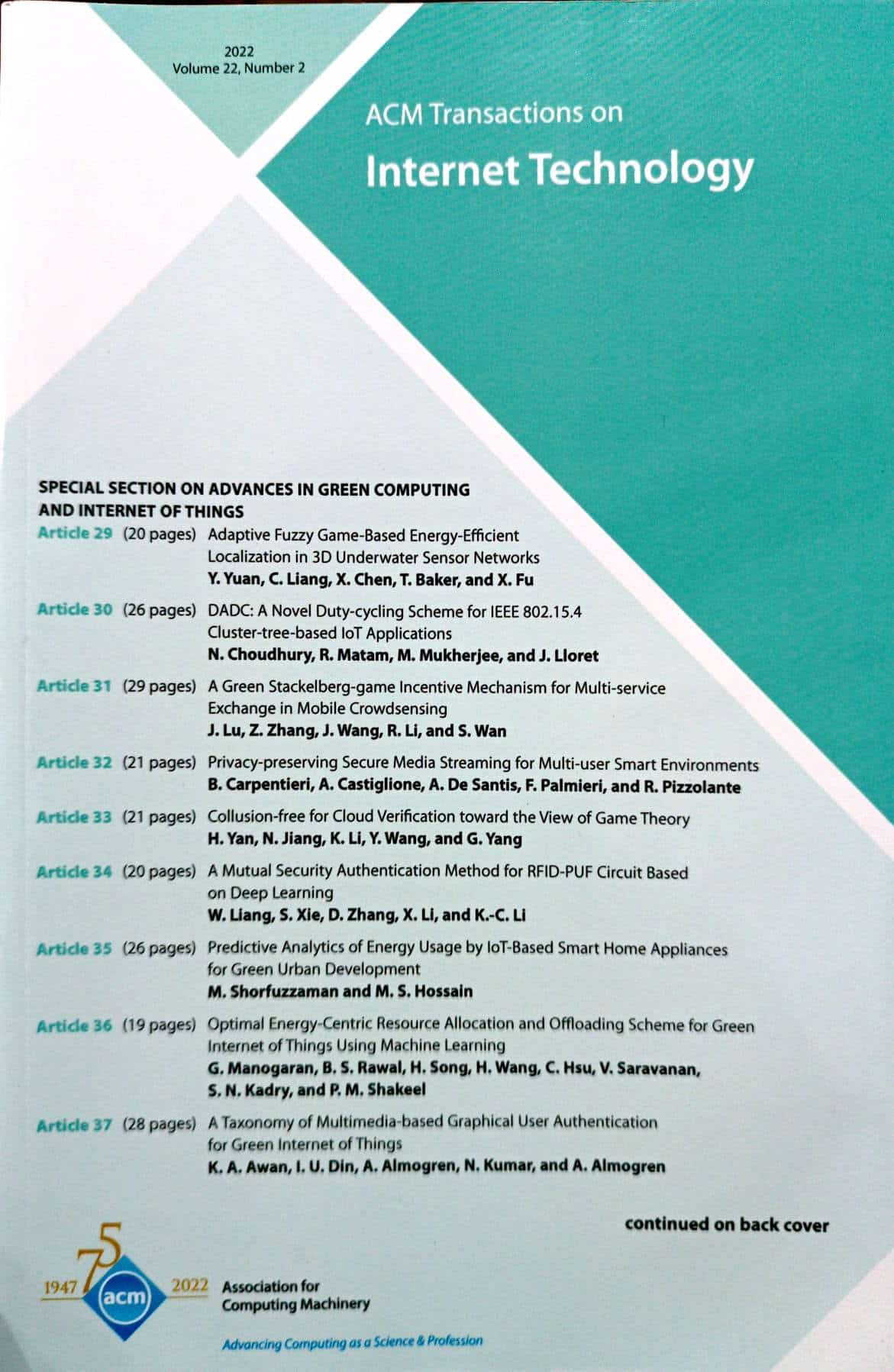A Novel Point Cloud Registration Method for Multimedia Communication in Automated Driving Metaverse
IF 3.9
3区 计算机科学
Q2 COMPUTER SCIENCE, INFORMATION SYSTEMS
引用次数: 0
Abstract
The development of the Metaverse offers more possibilities for autonomous driving. This is mainly reflected in the fact that the scene reconstructed based on multiple sensors can help the autonomous vehicle establish a Metaverse world based on its own real situation. When multiple vehicles build such a Metaverse world in the same scene, they can exchange their information including the perception of the vehicle’s condition and the surrounding environment, which means the creation of a Metaverse world containing all vehicles. Thus, an indirect Human-Human Multimedia Communications based on the Metaverse is realized, in which the autonomous driving system acts as a multimedia to provide a medium for the exchange of information between vehicles. The establishment of the Metaverse is based on stable and high-quality scene reconstruction. Accurate scene information can bring high quality Human-Human Multimedia Communications. Achieving this requires accurate scene reconstruction and vehicle positioning, both of which depend on accurate point cloud registration. In this work, we propose a robust registration method that is based on semantic information and scaling constraints. Our method consists of three steps. Firstly, we filter out points that might mislead the point cloud registration process by leveraging semantic information. Secondly, we obtain a more accurate initial matrix using TEASER++, which is based on semantic information and feature descriptors. Finally, we use semantic information and scaling to constrain the nearest neighbor matching and filter out error matches to obtain a higher quality registration. By following these steps, our method overcomes the memory problem faced by TEASER++ when there are large-scale point clouds, and greatly reduces its running time. Meanwhile, our algorithm achieved superior point cloud registration results compared to two state-of-the-art robust registration techniques: Globally optimal Iterative Closest Point (Go-ICP) and Generalized Iterative Closest Point (GICP).用于自动驾驶元宇宙多媒体通信的新型点云注册方法
Metaverse 的发展为自动驾驶提供了更多可能性。这主要体现在基于多个传感器重建的场景可以帮助自动驾驶汽车根据自身的实际情况建立一个 Metaverse 世界。当多辆汽车在同一场景中建立这样一个 Metaverse 世界时,它们可以交换各自的信息,包括对车辆状况和周围环境的感知,这意味着建立了一个包含所有车辆的 Metaverse 世界。因此,基于元世界的间接人机多媒体通信得以实现,其中自动驾驶系统作为多媒体为车辆之间的信息交流提供了媒介。元宇宙的建立基于稳定和高质量的场景重建。准确的场景信息可以带来高质量的人-人多媒体通信。实现这一点需要精确的场景重建和车辆定位,而这两者都依赖于精确的点云注册。在这项工作中,我们提出了一种基于语义信息和缩放约束的稳健注册方法。我们的方法包括三个步骤。首先,我们利用语义信息过滤掉可能误导点云注册过程的点。其次,我们利用 TEASER++(基于语义信息和特征描述符)获得更精确的初始矩阵。最后,我们利用语义信息和缩放来限制近邻匹配,并过滤掉错误匹配,以获得更高质量的注册。通过这些步骤,我们的方法克服了 TEASER++ 在大规模点云时面临的内存问题,并大大缩短了运行时间。同时,与两种最先进的稳健配准技术相比,我们的算法取得了更优越的点云配准结果:全局最优迭代最接近点(Go-ICP)和广义迭代最接近点(GICP)。
本文章由计算机程序翻译,如有差异,请以英文原文为准。
求助全文
约1分钟内获得全文
求助全文
来源期刊

ACM Transactions on Internet Technology
工程技术-计算机:软件工程
CiteScore
10.30
自引率
1.90%
发文量
137
审稿时长
>12 weeks
期刊介绍:
ACM Transactions on Internet Technology (TOIT) brings together many computing disciplines including computer software engineering, computer programming languages, middleware, database management, security, knowledge discovery and data mining, networking and distributed systems, communications, performance and scalability etc. TOIT will cover the results and roles of the individual disciplines and the relationshipsamong them.
 求助内容:
求助内容: 应助结果提醒方式:
应助结果提醒方式:


